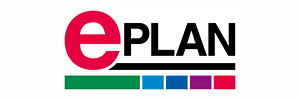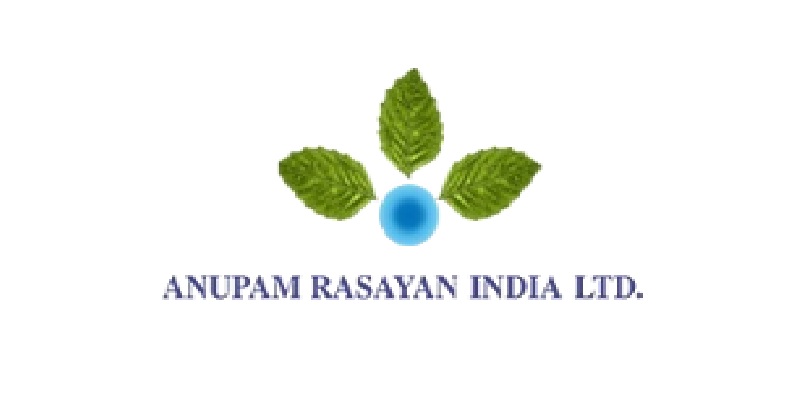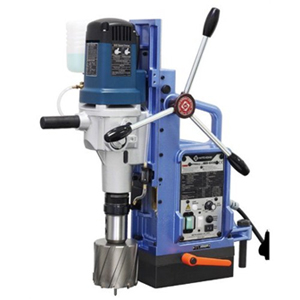Schedule a Call Back
Expanding Avenues of Surface Protection
 Technical Articles
Technical Articles- Oct 01,12

Surface treatment is an interesting part of materials science where energetic beams of laser, ion and electrons are used to modify surface properties without affecting the composition of the materials. Owing to the changes made in through such treatments, the material surface could combat friction, wear or corrosion, or all three. Besides, changing physical properties such as conductivity, resistivity and reflection through such surface treatment makes the material eligible for specified uses. Surface treatment is also used to change the appearance of the material. Surface treatment either covers and coats the surface or changes the surface composition as a whole.
Since the iron and steel industry forms the backbone of industries and industries in turn form the backbone of a country's economy, surface protection cannot be brushed away as just another technology. Anti-corrosion industry is subjected to constant R&D and new techniques are evolving by the day. Logistics gets enhanced with anti-corrosion measures protecting marine vessels. With such developments, one does not shy to expose metal components to corrosive agents, as a part of their manufacturing or consumer activities. Changes in weather or humidity are no more a problem with such developments taking place in the surface treatment industry.
Classifying Corrosion Levels

Before going into the options of surface protection, we need to understand the corrosion possibilities in interior and exterior conditions and their intensity levels. Corrosion levels are classified as very low, low, medium, high, very high in industrial conditions and very high in marine conditions.
As far as interiors are concerned, very low level corrosion is found in heated buildings such as offices, shops, schools and hotels, which are generally clean. Corrosion might be slightly higher in interiors such as depots and sports halls where condensation might occur. Moderate levels of corrosion might be observed in high humid interiors such as food processing plants, laundries, breweries and dairies. Interiors of chemical plants, swimming pools and places such as coastal ship and boatyards are highly susceptible to corrosion. However, vvcorrosion is very immense in industrial and marine buildings with permanent condensation and high pollution levels.
Speaking about corrosion levels in exteriors, rural areas are the least affected by corrosion. Coastal areas with low salinity and industrial areas, which are slightly polluted by sulphur dioxide, have moderate levels of corrosion. When the salinity is higher than the previous case, corrosion levels tend to get high. Industrial exteriors with high humidity and aggressive atmosphere and coastal areas with high salinity suffer massive corrosion attacks.
Classifying Corrosion Protection Methods
Corrosion protection methods could be classified as active corrosion protection, passive corrosion protection, permanent corrosion protection and temporary corrosion protection. In active corrosion protection, the contents, corrosion agents and the reaction by itself is controlled so that one could obtain corrosion resistant alloys. In passive corrosion protection, the metals are mechanically isolated from the corrosive agent. Protective films are applied on the metal surface for this purpose. But then, if the protective film is damaged, corrosion might occur. Permanent corrosion protection fights climatic, biotic and chemical factors effectively and protects machines in factory sheds that are located in extreme temperature locations. Temporary corrosion protection protects metals from damages occurring during transport, handling and storage.
Various Options for Corrosion Treatments
Corrosion is handled through many methods and emerging R&D is opening new avenues in surface treatment. One of such methods is cathodic protection, which uses chemical inhibitors. The charge on the metal surface is controlled in order to enhance corrosion protection and make the metal more stable. Such protection is done by implementing an anode from a more reactive metal. Such corrosion protection is highly effective in case of metals used in marine regions or underground regions such as pipelines, ships, harbours and steel in concrete by using galvanised anodes. Making the surface stable and passive reduces chances of corrosion. These techniques do not affect the environment or health of people concerned. But then, it is pretty costly technique where the chemical and electric conditions need to be observed in a scientific manner.
Plasma Electrolytic Oxidation, which is also known as Microarc Oxidation, builds thick crystalline oxide coatings, which protect metals such as aluminium, magnesium and titanium. This conversion coating has better benefits than deposited coating and gives more adhesion to substrate metals. Oxidising agents could be removed by boiler water treatments. The surface could be enhanced with organic coatings such as paint and claddings or metallic coatings such as electroplating, galvanizing and metal spraying or non-metallic coatings such as anodising or conversion coatings. Metals could be modified by using alloys such as stainless steel, cupronickel and other high temperature alloys. The surface should be maintained to remove corrosive agents and designed in such a way that crevices and reactive metal combinations are avoided.

Surface treatment is also done through protective coatings. For such corrosion protection treatment one could use solvent based anti-corrosion agents, water based anti-corrosion agents, corrosion protection oils without solvents and dipping waxes. Solvent based anti-corrosion agents are flammable and could be used in closed systems to ensure occupational safety. Water based anti-corrosion agents dry quickly and do not require closed systems. However, they are highly susceptible to temperature. One could include functional painting in the protective coating section of surface treatment. Such functional painting includes electro-conductive painting, electro-static painting, electro-deposition painting, non-adhesive painting and lubricating painting.
ISO 12944 standard classifies corrosion levels as C1 (very low), C2 (low), C3 (medium), C4 (high), C5-I (industrial) and C5-M (marine), which could be handled by different protective coatings. Electroplated zinc of Standard EN 12 329 works for class C1 corrosion effectively. Steel sheets or wires coated by immersed molten zinc prior to manufacture (also known as pre-galvanised standard BS EN 10327) is effective in C1 and C2 corrosion levels. Hot dipped galvanised standard BS EN ISO 1461 works well on C3 and C4 types of corrosion. In this case, manufactured part is immersed in molten zinc and results in a thick coating. Stainless steel standard BS EN 10088 is useful to control corrosion in C5-I and C5-M corrosion levels and places involved in chemical and food production. Thermoplastic coating is the best answer in highly aggressive levels of corrosion.

Desiccant bags are also used for corrosion protection. These desiccant bags absorb water vapour and prevent corrosion and mould growth. Desiccant bags are available in desiccant units, which may absorb water vapour in quantities such as minimum of 3.0 g at 20% relative humidity or minimum of 6.0 g at 40% relative humidity. Desiccants, which are available as low-dusting and dust-tight forms, are supplied in 1/6, 1/3, 1/2, 1, 2, 4, 8, 16, 32 or 80 unit bags. Though desiccants provide excellent corrosion resistance for metals and non-metals, they are highly laborious process and slight damages may spoil the entire purpose.
Volatile corrosion inhibitor method uses inhibitors, which act against catalysts to suppress chemical reactions. Volatile corrosion inhibitor molecules are capable of displacing water from even the pre existing films. These molecules penetrate holes and cavities and provide ample protection against corrosion, but are not suitable for all metals. Most of these volatile corrosion inhibitors are health hazardous and hence relevant checks should be made before using them.
Nano-film surface treatment
A complex barrier layer is made of Triazinedithoil is fabricated by electrodeposition and is initiated by polymerising Dithiol monosodium as monomer and potassium persulphate as initiator. Such electrodeposited nano-film works as surface protector on aluminium alloys. Nano-film surface treatment is used in iron and steel industry, constructions, automobile industry, oil industry, electricity board and industries pertaining to chemicals and pipe manufactures.
Anti-Corrosion Cement
Anti-corrosion has not limited itself with metals but has also extended to cements with Sree Jayajothi Cements in Chennai developing anti-corrosion cement. Such cement accentuates the life and quality of constructions, especially those in coastal areas. Monomolecular layer technology is used in the cement ingredients to form a nano-film over the steel well before any other material could reach it. As a result, chlorides and water molecules are abstained by the cement coated steel.
The R&D for surface treatment works in a problem to solution method and ever evolving one. Each new solution catering to a unique phase of the problem. Owing to this reason, we have obtained multiple solutions that were briefed in the earlier lines of this article. Different materials and methods are utilized keeping in mind the temperature in which the end product would be used.
Surface treatment, like any other discipline under the global horizon, is a pretty interesting one. More so, when new developments unfold themselves to passionate researchers. One could boldly say that such new methods would indirectly facilitate human life. Combating weather through surface protection helps one to access technology anywhere and at any time. What more does one need, to keep moving?
(Photographs used are for representative purpose only)
Related Products

Three Pole, Numerical, Non-directional 3 O/c or 2 O/c+1 E/f Relay With Inst. Highset
JVS Electronics Pvt Ltd offers a wide range of three pole, numerical, non-directional 3 O/C Or 2 O/C+1 E/F relay with inst. Highset JNC 066/JNC 066P.
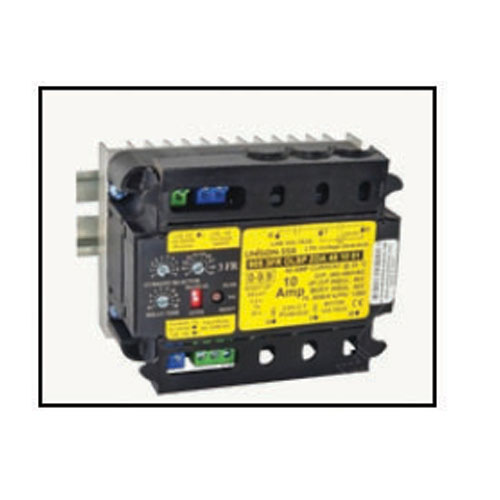
Ph Fwd/ Rev Motor Protection Ssrs
Insys Electrical & Controls offers a wide range of PH FWD/ REV motor protection SSRs.
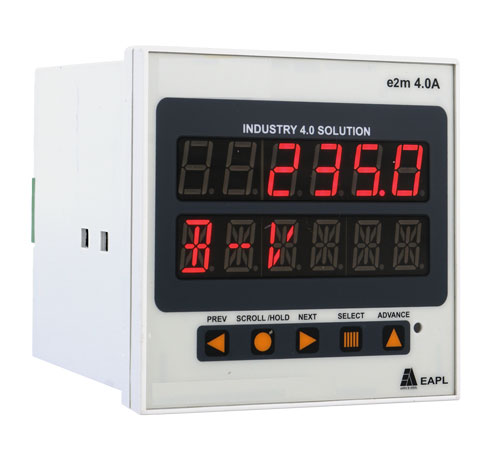
Multifunction Meter With Event Counter
Electronic Automation Pvt Ltd offers a wide range of multifunction meter with event counter - model-E2M 4.0A




